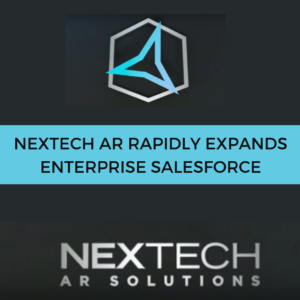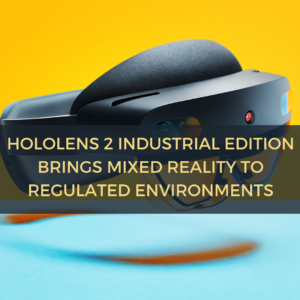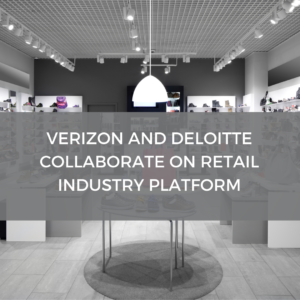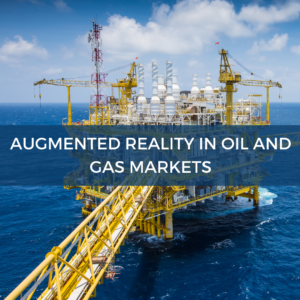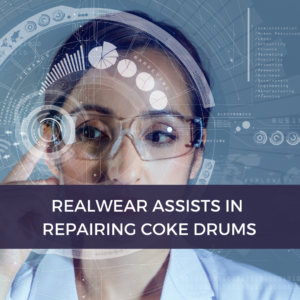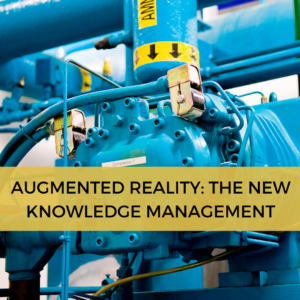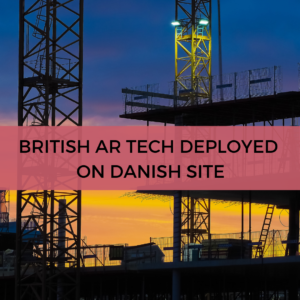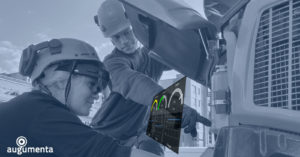Holo-Light In-House XR Streaming Solution ISAR
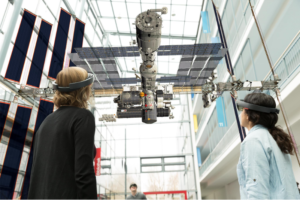
“By rendering each application remotely as a whole, ISAR enables visualization and interaction with highly polygonal, data-intensive content such as 3D objects, 3D CAD models or BIM data. The CPU and GPU of the end device are only required to a small extent, which in the long term will help to reduce the size of the end devices and optimize the form factor,” said Philipp Landgraf, Head of Technology at Holo-Light. “Remote rendering enables AR and VR content to be experienced in unprecedented detail and complexity, from the industrial sector to entertainment and gaming”.
A device-agnostic approach through deployed client applications also reduces the development effort for XR applications. New apps can be developed simpler and without limits and restrictions of individual end devices by just building a server application. Time-consuming prepping and reducing of data for performance reasons is no longer necessary. Streaming complete applications also increases data security. As soon as the remote rendering technology ISAR comes into play, the data remains on the server chosen by the customer. Data is merely streamed and not stored on the mobile device.
How Does ISAR Work?
Usually AR or VR apps are developed in a game engine, for example Unity or Unreal. The visual representation of menu structures as well as the interaction possibilities are individually designed by the developer according to the respective device (e.g. HoloLens 2, Magic Leap, Smartphone etc.). The app is subject to technical requirements and limitations (CPU, GPU, RAM) of the end device.
Now, the ISAR SDK is a new component that enables users to outsource demanding work processes such as application logic or content rendering. This means that the computing power does not have to come from, for example, the AR-Glasses themselves, but can be provided unlimitedly by a powerful local server or from the cloud.
Once the ISAR SDK is built into an application, the app no longer needs to be installed directly on an end device. Instead, the app is installed and run on the more powerful server or in the cloud. The user simply connects from a provided gateway (client app) on the mobile device to the XR application on the external server. Now, the rendering process shifts from the low-performance XR device to the high-performance server. The client app sends data – sensor data for room tracking, position data and hand gestures – to the server with the actual application. There, the data is processed and the to be displayed 3D content is sent back to the client app. The result is real-time streaming of XR content.
Read more in Holo-Light press release.
